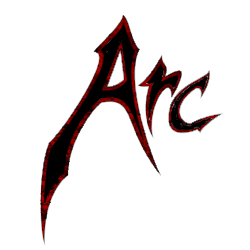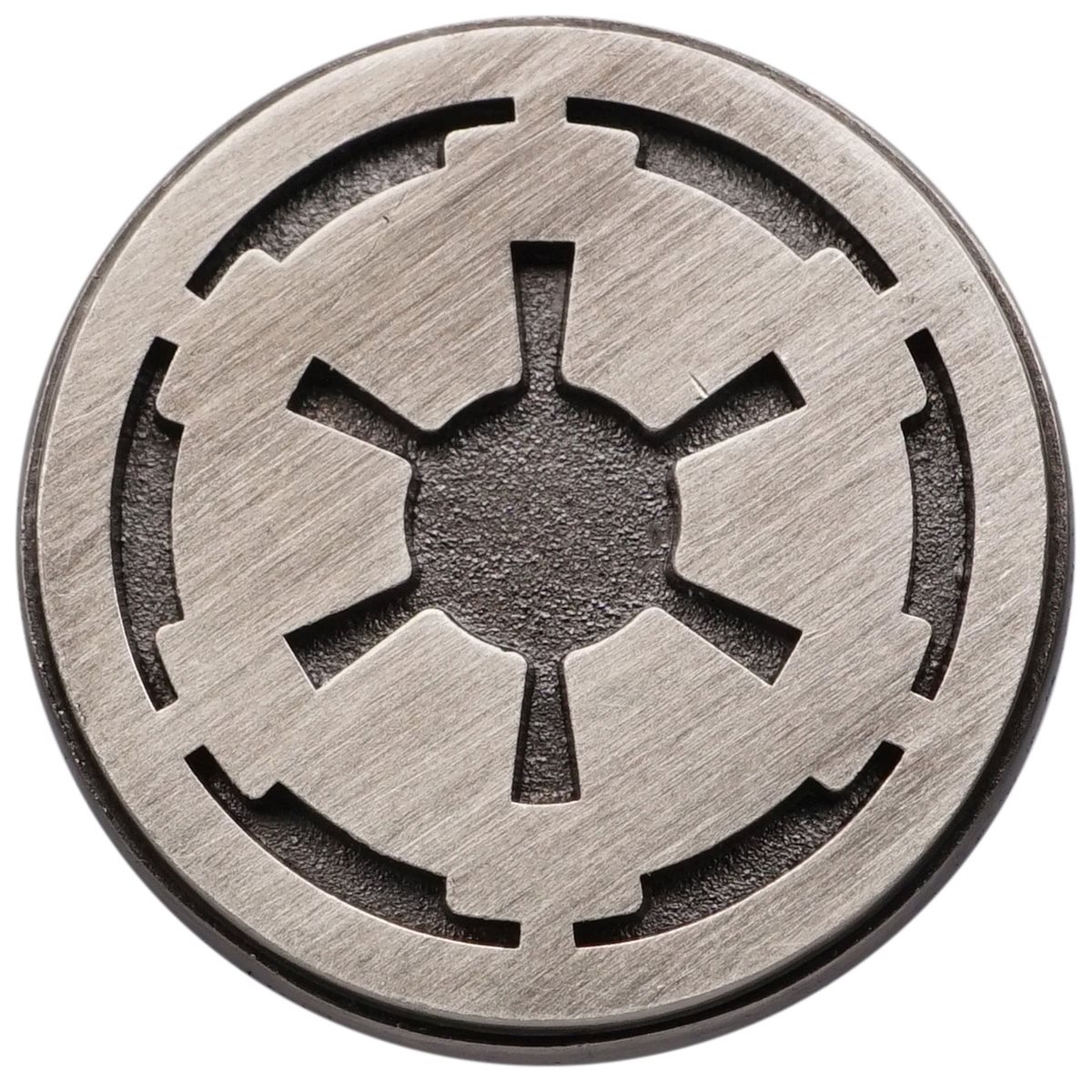In Dying Light 2 the settings UI resembles the settings UI of modern Assassin’s Creed games (Origins, Odyssey, Valhalla)
I just want to voice the thought that “ripped off” is not a good term for this. It has a very negative connotation. The reality is, people try all kinds of stuff and whatever works sticks. That’s a good thing.
Yup goes for controls too! I remember PS1/PS2 games having WILDLY different control schemes even between games in a series. COD pretty much standardized shooter controls to the point that playing any shooter that broke that mold was a real struggle at first
Halo and bumper jumper was the shit. A welcome break from the normal layout.
I still play games with look inversion because controls were so unstandardized in the '90s that what we currently consider inverted was the default on a good number of games and that was what I learned. I didn’t even go to the modern stick layout until Halo 3 was out, and that mostly worked because I thought of it as WASD + mouse mapped to sticks.
Flappy bird CLEARLY uses super mario bros pipes and other assets. Out of all the things Nintendo sues people over, all the petty things, they somehow missed this one. Which is strange, because it’s like the one lawsuit that you see, and think “yeah…I get why Nintendo would sue.”, and it’s the ONE TIME Nintendo said “nah”.
I mean, they recently sent a cease and disist, as well as a channel strike to Retro Game Corps. Because he showed videos reviewing emulation devices. Not specifically Nintendo related. These are little handheld emulation devices, and the gameplay he showed in small clips of Nintendo games from the 90s. Nintendo felt that was potential lawsuit ready. So now he’s said he’s not going to say the name Nintendo, he’s not going to show any more footage with nintendo anything. They threaten to sue HIM but not flappy bird, which stole direct assets from their games, and sold this new game with their assets. No lawsuit there.
They sued blockbuster video for including game manuals in rentals.
They’ve sued countless people for making fan created games, which would be released for free.
They even sued a guy who spent 6 years writting, casting, shooting, and producing a full length live action Zelda movie. They released it online for about a week before it got taken down. Never to be downloaded by anyone who didn’t grab it right away.
I don’t understand.
Flappy Bird was voluntarily removed moved shortly after for unrelated reasons.
Guy couldn’t handle the sudden fame, iirc.
They even sued a guy who spent 6 years writting, casting, shooting, and producing a full length live action Zelda movie. They released it online for about a week before it got taken down. Never to be downloaded by anyone who didn’t grab it right away.
Man that would be soul crushing …
Doom 2 totally ripped off Doom. Barely any changes.
Not sure why Doom devs didn’t sue.
Honestly, Quake would be a better example since it’s actually an entirely different game by the same developer.
Icewind Dale did the same with Baldur’s Gate. Not just the UI, they blatantly reused a lot of the assets too!
Design, ESPECIALLY user-centric design is so difficult to get right. Epic Systems, one of the largest medical software companies in the world, has an entire research department dedicated solely to finding the optimal way to present information and options to their users. Since their users are typically old doctors who hate needing to learn new ways of doing things, this is among their highest valued divisions.
When UI designers find something that works, people are going to copy it. That doesn’t mean it’s ripped-off, it means R&D paid off.
Case-in-point video game controllers have slowly but surely converged into the ABXY, D-pad, 2xbumper+trigger pair, 2 analogue stick design with a system button and two more meta control buttons. Any ventures beyond that (index finger paddles, track pads, etc) have all found a way to fit into that schema.
Additionally, that “click the stick to see important items” mechanic that was made famous as Arkham’s detective mode has made its way into basically any game that has any sort of secondary puzzle-solving mechanic (Batman Arkham, The Witcher, Spider-man, etc). It also shows up in tactical games to let you tag items or characters of interest (Splinter Cell, Crysis, Last of Us, etc)
Furthermore, entire genres are built out of good user experiences. FPS wouldn’t exist without the slick mechanic implementations of Wolfenstein 3D and DOOM. FPS on console wouldn’t exist without Halo’s intuitive control schema which Call of Duty 2 would later improve upon and ultimately become the default console FPS layout.
Good design is hard to come by, so yeah if it’s good it will be replicated.
Every “souls like” game rips off the “souls” name and the D-pad menu plus healthbar
There is literally a game called “Eldest Souls” I keep seeing in the PSN library/Steam store and it makes me laugh every time because it is YASL (Yet Another Souls Like) that has only surface level similarities to what they’re ripping off.
It seems pretty fundamental, but fighting games have had pretty much the same basic UI layout since Street Fighter II. Before then there was a degree of variability as to how the different elements were laid out. Since SFII, it’s always been Timer in the middle and Health bars on either side of that.
Command and Conquer had traditionally used a “right-pillar” control interface, with your map at the top. utility controls like “sell building” or “power down”, followed by a build selection screen below. There you had 4 panels you could select between - “main base” buildings, defensive buildings, infantry, and vehicles - and you could scroll up and down a given panel. So long as you had the right production building, you could select things to build from anywhere on the map. If a unit had a “special ability”, it would be triggered by double-clicking on the unit.
Come 2003’s Command and Conquer: Generals, the UI had been totally redone to resemble the layout of Blizzard’s wildly popular Warcraft 3: The control panel now sat at the bottom of the screen, with the map on the left. Building a particular kind of unit required you to select the building or unit that produced it. Selecting an individual unit gave you a list of
magic spellsspecial abilities it could take, such as using an alternative weapon or purchasing a particular upgrade.Generals also took the base construction and resource harvesting systems from Blizzard’s games. The entire game feels like it should have been named ModernCraft or something instead of C&C.
Going the other way, Warcraft 1 and 2 used used a left-justified UI that was very similar to the one C&C used, but with elements that would evolve into the StarCraft and Warcraft 3 UI.
Oh absolutely. OP only asked about UI, so I focused on that. But Generals had a lot of WC3 flavor in it.
Age of Empires was, afaik, the first RTS with UI on the bottom, Starcraft and Warcraft 3 both took inspiration from it, though they differed slightly on placement of information
A lot of survival games have ripped off the a-bunch-of-random-items-in-boxes-at-the-bottom-of-the-HUD UI elements from Minecraft.
Raft and Rust, for example.
You mean a hotbar? Minecraft didn’t come up with that.
Every MMO since the beginning of time (and frankly minecraft is weird for being a 10 button hotbar rather than a 12)
But that could still be where most games copied it from.
Diablo was doing that long before Minecraft came along.

My goodness why didn’t I think of that.
If you go look at the HUD for even older games like Doom and Quake, you can see where that idea might have come from. Usually those “inventory slots” were for fixed items, namely ammo for the various guns, but having different things on different number keys was definitely in use back then. The new part, of course, was making a game mechanic out of changing the things under the number keys.
Have later games stolen it directly from Minecraft? Sure, but it’s such an obvious concept that someone else would have eventually invented it. In fact I’m not sure if Notch didn’t borrow it from something else that had that extra mechanic first.
And now it’s become a de facto standard like the positions of the clutch, brake and accelerator in a car. (And if you drive an automatic, the brake is still always to the left.)
Hotbars have been around long before Minecraft
Let’s see, I acknowledged that fact when someone else said it 21 hours ago. Now we’re up to three people informing me. Keep up.
Well I just don’t think that many survival games did that to copy Minecraft. If anything they were probably more influenced by DayZ which also had a hotbar as a Arma mod. Especially Rust which also has some source engine/Gmod influences (also featuring hotbars) because Garry Newman.
*Nintendo has entered the chat *
A lot of games seem to be trying to make direct copies of the UI from Breath of the Wild. Palworld comes to mind.
Palworld lacks in originality pretty much everywhere :P
Still a fun game
Which is weird because BOTW’s UI is the worst part of the game. Soooo much scrolling through item lists.
I’ve been watching a lot of game fail clip compilations recently and I have been noticing that Battlefield V, Hell Let Loose, and World War 3 all look identical and other than the fact that explosions gib people in Hell Let Loose and the name of the game being shown in the corner on the clips, I would never be able to tell them apart.
They have the same game play, the same graphics style, the same setting (which I find weird for WW3 looking like it’s actually WW2) and, more importantly, the same UI. Like all the HUD icons and even the HUD itself are identical.
Also every single live service game has the same exact shitty landing page/main menu design that’s just an adplosion of bullshit they want to nickel and dime you for with the actual game mode buttons and settings and even the got damn exit button being super small or otherwise obfuscated by comparison to the buttons that allow you to spend money.
Wasn’t Atlas originally just a reskinned version of Ark? Like you could get to certain menus that were still in the Ark theme.











